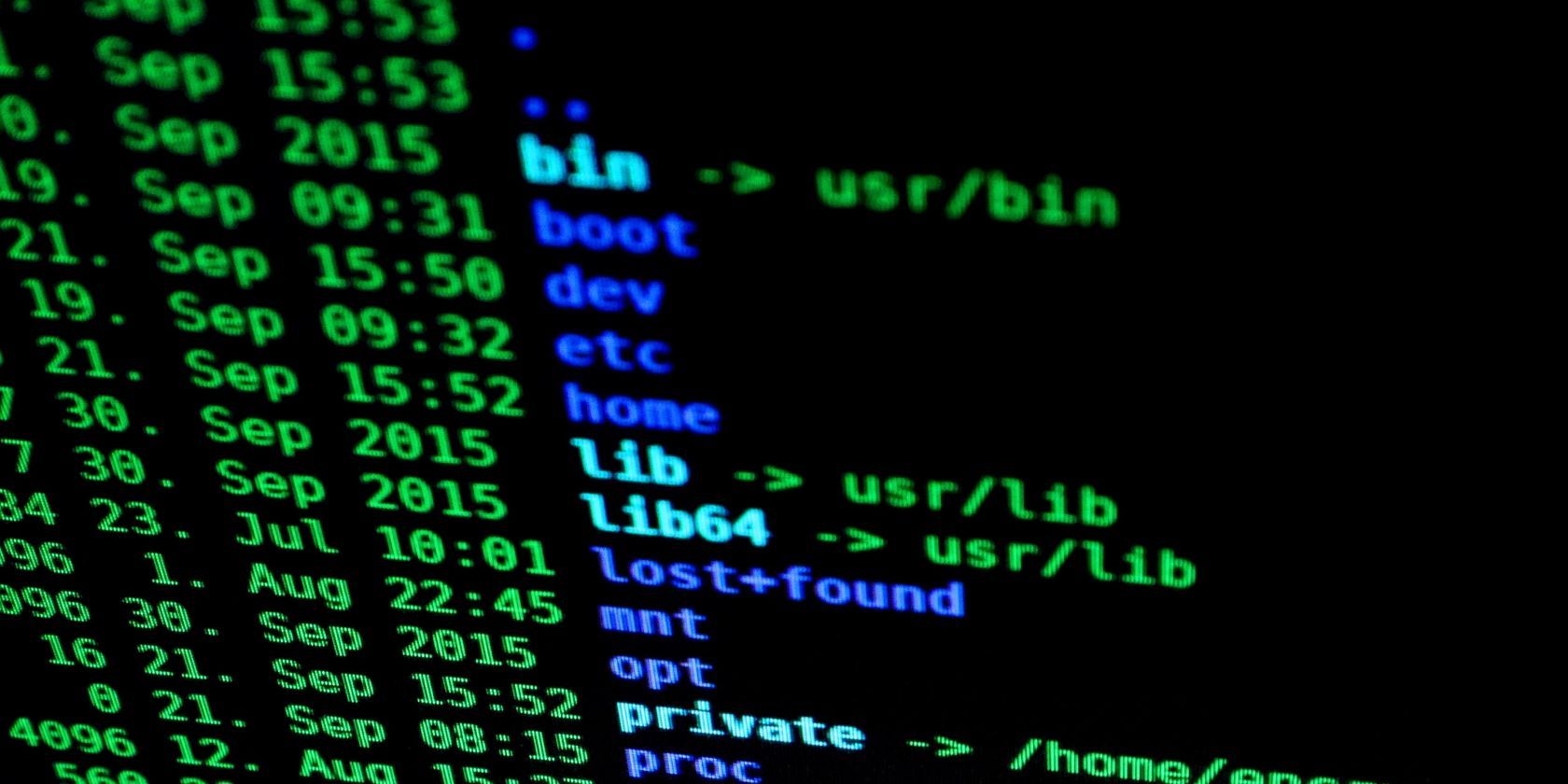The internet is full of myths about practically everything and full of people who are always out to promote such misconceptions. If you’ve ever found yourself reading about Linux on an online forum, chances are you’ve come across some of the more well-known Linux myths.
Here are some of the Linux myths that have spread across the internet like wildfire.
1. Linux is for developers and coders only
The history of Linux has been closely tied to programmers and even today most of the people contributing to the project are software developers. This is why most casual office users think that Linux is only for computer users with a technical background.
Indeed, most of the standard utilities and packages that come pre-installed on a Linux distribution are associated with software development, but almost all distributions have now started adding applications for the general public who are not at all interested in writing software. coded.
What most people don’t realize is that Linux has become an integral part of their daily lives. Anyone going to the Internet to browse a website, or someone using an Android smartphone uses Linux, in the form of web servers and a custom operating system for portable devices.
Leaving aside the indirect use of Linux, you can even install a beginner-friendly Linux distribution on your computer if you wish. You don’t have to be a programmer or a geek to learn how to use it. What is needed is a strong will to learn and a touch of perseverance.
2. You must know the command line to use Linux
The command line, or terminal, is inherent in a Linux distribution, and it has been from the beginning. When Linus started developing Linux, computers weren’t powerful enough to support a graphical user interface, and the command line was a necessity for anyone who wanted to interact with the system.
Fast forward to now, the term “desktop”, referring to the GUI, is commonly used as a replacement for “computer”, and these two terms combined have a completely different meaning. Machines can now run resource-intensive games on top of the underlying desktop environment, and there’s not much command-line usage left for casual users.
If you want, you can get by without using the terminal or having to type commands on a Linux distribution. There may be times when you need to troubleshoot a problem and need to enter commands in the shell, but don’t worry, most help is readily available online. All you have to do is copy and paste the commands into your terminal and you’ll be good to go.
3. Linux is not suitable for games
Gaming is a well-known application area that Linux is believed to lack even today. But this is no longer the case. Linux distros are gaining traction in terms of gaming, and now you can think of Linux as an operating system for gamers.
Native Linux games like CS:GO are known to run better on Linux than on other operating systems, including Windows. This clearly shows that if game developers start developing natively for Linux, Linux might actually have a chance to outperform Windows in terms of performance.
That doesn’t call for celebration just yet, though. It’s still true that multiplayer support for many titles doesn’t work on Linux, because the Linux architecture doesn’t allow kernel-level access to anti-cheat software. But that might change soon, given that so much has already been accomplished when it comes to gaming on Linux.
4. It’s hard to find apps for Linux
Windows users get native support for premium applications like Adobe Photoshop, Microsoft Office, etc.
On the other hand, these proprietary software vendors do not offer software support for Linux-based operating systems. This leads many users to think that Linux doesn’t have many apps and they might miss out on some golden programs if they switch to Linux. This is totally false, however.
Linux has at least an equal (if not greater) number of applications than Windows. They may not be as prestigious or well known to the public, but they get the job done. To name a few, Linux has GIMP as an alternative to Adobe Photoshop and the LibreOffice suite as a replacement for Microsoft Office.
5. Linux cannot be infected by viruses
“You can’t get a virus or malware if you’re using Linux.” This Linux myth has been swirling around the internet since time immemorial. However, the long existence of this statement does not make it accurate.
It is quite possible to infect your Linux system. But the truth is that Linux is only a small share of the desktop operating system market, which means attackers aren’t developing malware for Linux because of its low profitability. In fact, you don’t even need to use antivirus or a firewall on your desktop Linux system.
This is because most Linux antivirus software usually checks for Windows-related malware so that you don’t share the infected file with other systems. Also, due to the way permissions work on Linux, it is much safer to use than other operating systems.
6. Linux is only used on servers
Many long-time Windows users are under the impression that Linux is only used on servers and if it was a desktop operating system, it would be more important like Windows or macOS. Although Linux was originally created as a desktop operating system by Linus Torvalds, it is more dominant in the server world, thanks to its underlying architecture.
In addition to running on servers, Linux powers desktop computers, smartphones, embedded devices, and even supercomputers. Chances are, most of the smart electrical devices you use in your household run Linux under the hood.
7. Linux is too fragmented
There are thousands of Linux distributions available, and each comes with a different set of software, user interface, and unique ways to manage packages. All of this might lead you to think that the Linux world is fragmented, or at the very least unmanaged.
But this apparent weakness is the real strength of Linux. The availability of so many different options gives you the choice. You can choose the operating system you want to use, install a desktop environment that suits you, and use a package manager that is easier for you to learn. These choices are usually already made for you with other operating systems like Windows or macOS.
And that’s not all. Linux may seem fragmented to you, but only from a distance. If you learn more about the operating system, you will find that there are more similarities between the different distros than differences.
There are only a handful of parent distribution families from which other distributions are created. Each of these Linux distro families has its own package manager, which means choosing a package manager that fits your bill filters out almost 80% of the available distros.
If you need a larger catalog, however, there are packaging systems like Snap and Flatpak that are distro independent and work on any Linux-based operating system, provided you have the good software.
Debunking Linux Myths for the Better
Linux myths have been circulating the internet for a very long time. Many of these misconceptions prevent people from trying Linux-based operating systems on their computers. Therefore, it is important to break these myths for the better.
Now that your mind is cleared of these misconceptions, if you finally want to try Linux, Ubuntu and Manjaro Linux are the two distros to start with. But which one is good for beginner Linux users, and which one should you choose for your desktop?





